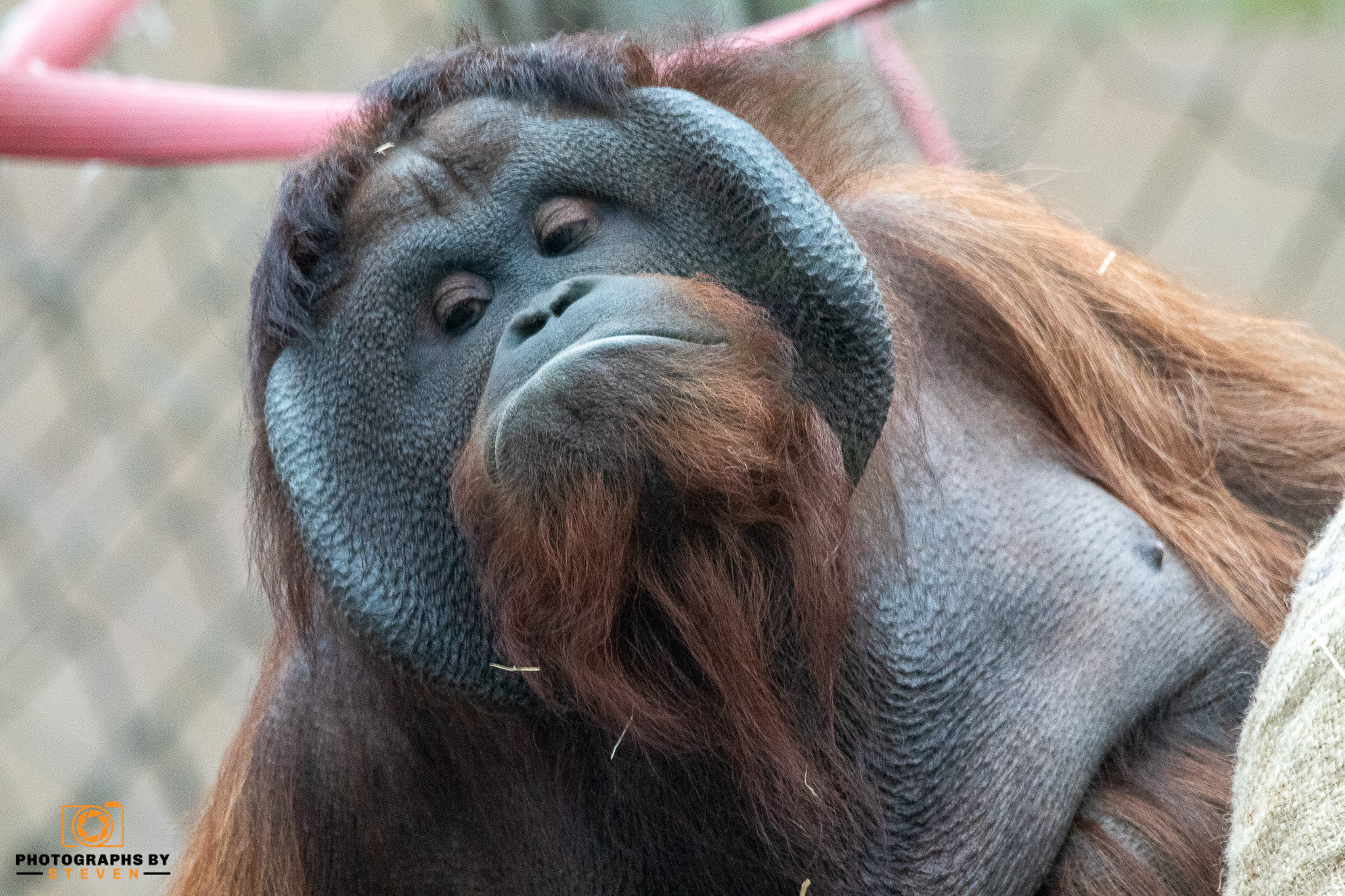Recently, we compared the cheetah and leopard, and some readers have since asked about the jaguar and leopard and even if they are the same animal.
Given how similar jaguars and leopards look to one another, it's understandable why people sometimes get them mixed up. Both creatures are large, spotted big cats that ambush their victims.
It's easy to mistake a jaguar for a leopard at first glance or vice versa, but some telltale indicators can help you determine if leopards or jaguars are examples of big cats. There are some noticeable morphological differences between a leopard and a jaguar, while others have to do with the cat's behavior or geographic distribution.
It's essential to comprehend the similarities between these two stunning predators before comparing the jaguar and leopard differences:
- Along with the lion and tiger, they are the only confirmed large cats because they are both members of the Panthera genus. These four cats are the only creatures that can roar, which is an interesting fact!
- Leopards and jaguars are skilled predators who aggressively guard their homes and lead solitary lives. More than one jaguar or leopard together indicates a mating pair or a mother with cubs, respectively.
- Unfortunately, due to dramatic population losses in recent decades, jaguars and leopards are endangered species. On the IUCN Red List, leopards are categorized as Vulnerable, whereas Jaguars are categorized as Near Threatened.
So what distinguishes a leopard from a jaguar? Below, we categorize these variations into range and habitat, morphological variation, and behavioral variation. Continue reading to discover the distinct differences between leopards and jaguars!
Area and habitat
Leopards and jaguars never come into contact in the wild since they live on different continents.
Leopards are native to Asia, from Sri Lanka to India to China, Africa, and the Middle East. Most of the world's wild leopards are found in East and Southern Africa.
Wild jaguars are unique to South and Central America and are primarily found in the Amazonian region.
As adaptable hunters, both cats can live in a variety of settings. Both cats used to have much greater home ranges; jaguars lived in the mountains and deserts of the southern United States, while leopards were found in Europe, Japan, and Russian winter forests.
Today's leopards in Africa are mostly savanna creatures that dwell in regions with a mix of grasslands and woodlands. Only regions with extensive rainforests tend to harbor jaguars.
Physical variations between a jaguar and a leopard size
Leopard and jaguar are around the same height, with the jaguar slightly higher at the shoulder.
In addition to being slightly more prominent, jaguars are also bulkier cats than a leopard, with males weighing up to 120 kg as opposed to the latter's 80 kg. Leopards are the most petite big cats in their habitats, while Jaguars are giant cats in the area (behind lions and tigers).
Leopard females can weigh up to 30% less than males, whereas female jaguars are about 10% lighter than males.
Dimensions of the head
Due to the two cats' different head shapes and sizes, one glance at them will allow one to distinguish between them.
Leopards have pointy, relatively tiny skulls with solid cheekbones and distinct lines. Jaguars, in contrast, have rounder faces, broader heads, and less prominent ears.
The jaguar has a substantially more giant forehead and mouth due to the types of prey they seek and the preferred methods of killing each species. In reality, the jaguar has the most significant bite force of any animal thanks to its massive jaw muscles and fangs, which enable it to pierce the shells of caiman and tortoises.
Body size and shape
Body shape is one of the most apparent differences between a leopard and a jaguar.
Jaguars are bulky, short, compact animals with powerful shoulder muscles. They appear to be well-fed or possibly pregnant due to their barrel-shaped abdomens.
Leopards are built more delicately than jaguars, having longer, leaner bodies. The leopard is a more agile animal with better climbing and sprinting speed due to its slimmer build and a longer tail.
Tail length
Another physical characteristic that separates leopards from jaguars is the length of the tail. Unlike jaguars, leopards spend more time in trees and have long feline tails to help them stay balanced. Jaguars' stockier builds are matched by their much shorter tails.
Markings
From a distance, it appears like leopards and jaguars have the same lovely rosette pattern over their fur: jagged clusters of black circles that resemble roses and have tawny centres on a tawny coat.
You'll see that these rosettes differ somewhat if you pay closer attention. Leopard rosettes are less intricate, more compact, and clustered closely together. Jaguar rosettes are giant, and each one has one or more tiny black spots in the middle.
Both leopards and jaguars can have golden fur with black rosettes, and in a few exceptional cases, the fur may even be (nearly) entirely) black.
Behavioral differences between a Jaguar and a Leopard diet
The most omnivorous cat, the leopard, consumes almost every animal, including antelope and gazelles, birds, reptiles, and fish. And dung insects too! The leopard, unlike the jaguar, is not an apex predator and is occasionally attacked by lions.Jaguars have a more limited diet than leopards, yet they like various foods. Their primary food sources are snakes, caimans, and reptiles like turtles and tortoises.



Leave me a comment
Thank you for reading my post, if you want to leave a comment, you can do so below.